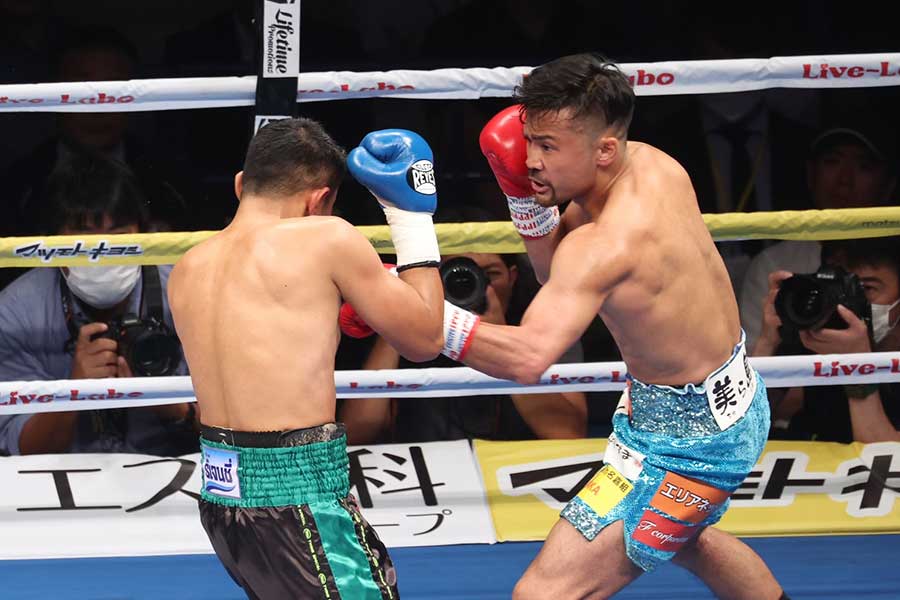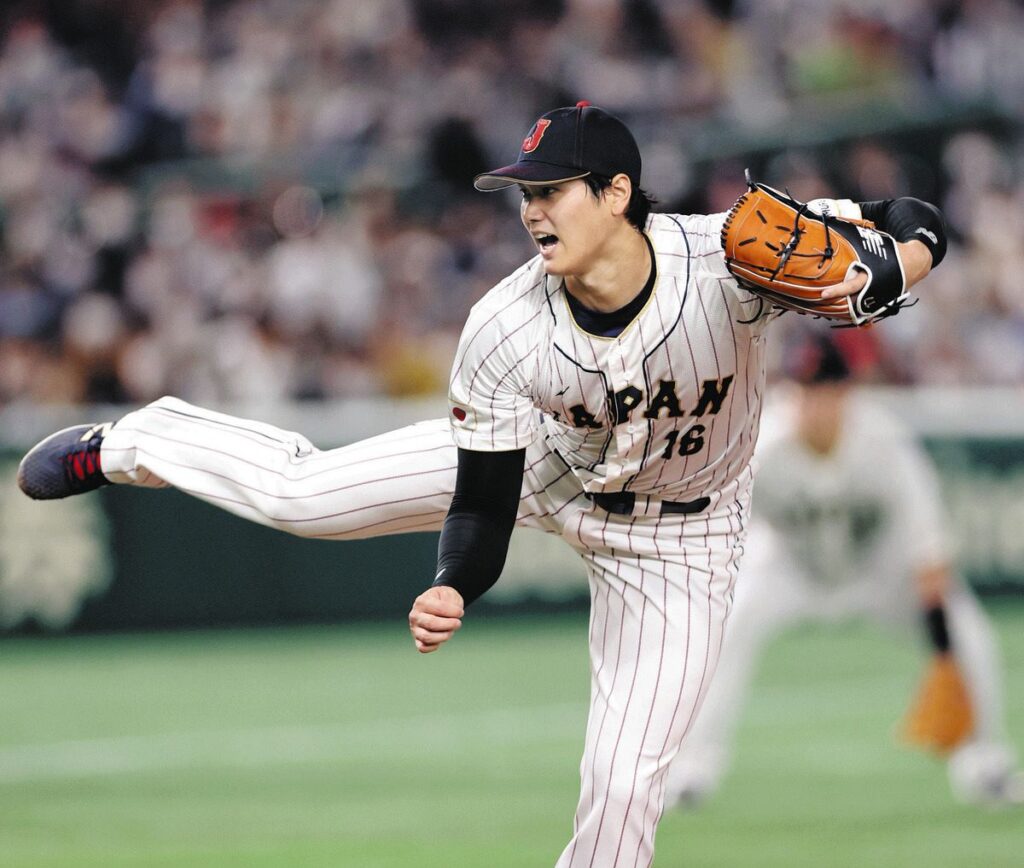
When learning Kendo, the correct way to hold the sword is considered the first step in improving your technique.
The way you hold the shinai changes the way you handle the shinai, which greatly affects the accuracy of the entire technique.
In this article, we will start with the basics of how to hold a kendo sword, and provide a comprehensive explanation of its technical details, how the choice of shinai affects how you hold it, and even practical training methods.
Learn step-by-step the importance of kendo grip and its correct form by answering common questions faced by beginners.
I hope this information will be helpful to those who have just started their Kendo journey.
目次
- 1 Introduction: Basics of how to hold in Kendo
- 2 Basic holding techniques
- 3 How to choose sword tools and how they are held
- 4 Practice methods to improve the way you hold Kendo
- 5 Learning the spirit of Kendo from how to hold it
- 6 Frequently asked questions and answers: How to hold Kendo
- 7 Continuous improvement of summary and holding style
Introduction: Basics of how to hold in Kendo
The way you hold a shinai in kendo has a deeper meaning than simply holding the shinai.
Correct grip is the basis of kendo technique and directly affects the accuracy of your attacks, the solidity of your defenses, and the agility of your movements.
The importance of how you hold your body and its influence
Learning the correct way to hold your sword is the key to success in Kendo.
Gripping a shinai correctly optimizes power transmission, allowing for sharper strikes and precise techniques.
In addition, holding the ball correctly will help reduce fatigue and reduce the risk of injury during long training sessions and matches.
If you hold it incorrectly, you won’t be able to control the shinai, which not only reduces the effectiveness of the technique, but also makes it easier to use unnecessary force.
Basic rules for holding in Kendo
There are some basic rules for how to hold a kendo sword.
When gripping a shinai, place your left hand at the bottom of the handle and place your right hand on top of it.
It is important to wrap your palm around the handle and distribute the force of your fingers evenly.
When gripping the handle of a shinai, it is important to maintain a natural grip without over-gripping, but to be flexible enough to apply force as needed.
By following these basic rules, you will be able to handle the Shinai more smoothly and improve your Kendo technique.
Having a firm grasp of these basics and striving to learn the correct way to hold the sword is the first step in improving your Kendo techniques.

Basic holding techniques
The way you hold your sword is a very important factor in improving your Kendo technique.
By learning how to hold the bamboo sword correctly, you will be able to better handle the Shinai, and the accuracy and speed of your techniques will greatly increase.
Step-by-step explanation of the correct grip
- Left hand position : Grip the bottom of the shinai handle with your left hand. Your palm should be wrapped around the handle, and your little finger and ring finger should be tightly wrapped around the handle. These fingers are the main fulcrum of the shinai.
- Right hand position : The right hand is located slightly above the left hand, near the center of the handle. Again, wrap your palm around the handle to distribute the force evenly.
- Grip strength : When gripping a shinai, it is important not to use too much force. In particular, it is recommended to hold the right hand lightly, and the left hand is the main support.
- How to use your fingers : Grasp using the second joint of your fingers instead of your fingertips for a more natural and stable grip.
- In harmony with your posture : The way you hold your body is closely related to your posture. By keeping your back straight and holding your Shinai in a relaxed state, you can move easily and perform techniques with high precision.
What are some common misconceptions about how to hold it?
One common misconception is that the harder you grip the bamboo sword, the better.
But this is not correct. In Kendo, if the grip is too strong, especially with the right hand, the movement becomes stiff and the speed and accuracy of the technique decreases.
Additionally, if you grip the shinai with too much force, you will tire quickly, which may have a negative impact on long training sessions and matches.
Kendo encourages a flexible and adjustable grip, and requires skill in adjusting the strength of the grip depending on the situation.
By understanding and practicing these techniques and awareness, you can improve your holding skills in Kendo.

How to choose sword tools and how they are held
Choosing the appropriate sword tools is very important when practicing Kendo.
In particular, the way you choose a Shinai sword is directly related to the way you hold it and has a great impact on your Kendo technique.
Types and characteristics of bamboo swords
Shinai differ mainly in material, size, weight, and balance. Common types include:
- Ordinary Shinai : The most common and comes in a variety of sizes. It is widely used by everyone from beginners to advanced users.
- Lightweight Shinai : This is especially popular among children, women, and the elderly, and is characterized by its ease of handling.
- Heavy Shinai : Often chosen by advanced players who prefer powerful blows. The swing is heavy and the impact when hitting is strong.
- Oval Shinai : The handle is wide and designed to fit easily in your hand.
Depending on the type of shinai you choose, the way you hold it and the development of your technique will differ, so it is important to choose a shinai that suits your style, physical strength, and skill level.
The influence of choosing a Shinai on how to hold it
The weight and balance of the shinai have a direct impact on how you hold it.
Lightweight shinai are suitable when quick movements are required, but they lack stability, so they may not be suitable when precise technique is required.
On the other hand, heavy shinai allow for powerful blows, but long-term use can lead to premature fatigue.
In addition, the easy-to-grip handle reduces hand fatigue, allowing you to practice for longer periods of time.
In this way, the choice of Shinai not only affects how you hold it, but also affects your overall Kendo performance, so finding the Shinai that best suits you is the key to improving your technique.
By choosing the appropriate Shinai, you will naturally improve the way you hold it and learn the techniques more smoothly.

Practice methods to improve the way you hold Kendo
In order to improve the way you hold Kendo, it is important to practice step by step from the basics to advanced techniques.
By learning how to hold the sword correctly, you will improve your overall Kendo technique and greatly improve your performance in matches and training.
basic drills and exercises
- Practice swings : Practice swings are a great way to learn how to hold the ball and get your body used to it. By swinging the Shinai in a certain rhythm, you will naturally learn how to hold it correctly. In particular, at the moment of swinging down, be aware of keeping your right hand light and pulling forcefully with your left hand.
- Hitting practice : Pair up with your opponent and take turns doing the actual hitting. This exercise focuses on transmitting force with the correct grip to improve accuracy and force control in your strikes.
- Practice with a mirror : Practice in front of a mirror to visually check your grip. In particular, check your hand position, grip strength, and body balance, and adjust as necessary.
Application of holding method in practice
- Kata practice : Through Kendo Kata, we will apply the correct holding techniques to practical movements. Kata training requires fine adjustments in the way you hold the sword, and is effective for increasing the accuracy of each technique.
- Match-style practice : Improve your grip stability by practicing in a way that simulates a real match. If you can maintain your grip under the stress of a match, you will be able to perform better in the actual match.
- Repetitive practice : By doing the same movements over and over again, the correct way to hold the bag will naturally become ingrained in your body. Maintaining the correct posture even when you are tired will improve your technique.
By continuing to practice these methods, you will naturally improve the way you hold your kendo and improve the precision of your technique.
The correct way to hold the sword is the basis of Kendo and the foundation for improvement, so it is important to consciously work on it during daily practice.

Learning the spirit of Kendo from how to hold it
Kendo places great emphasis not only on the technical elements, but also on the spiritual aspects behind them.
Understanding that even just one way of holding the sword is deeply connected to the spirit of Kendo is essential when learning Kendo.
The psychological influence of how you hold your hand on Kendo techniques
The way you hold the shinai not only affects the physical aspects of how you hold the shinai, but also greatly affects the mental state of the kendo practitioner.
The right way to hold it can give you confidence and improve your concentration.
Conversely, incorrect holding techniques can increase feelings of anxiety and cause hesitation in performing techniques.
In Kendo, having a stable grip is the foundation for maintaining mental calm and making calm decisions.
How to carry and etiquette
Etiquette is a very important element in Kendo, and the way you hold it is one of its expressions.
Correctly held, it serves as a symbol of respect and humility. For example, during the ceremony before a practice or a match, holding the shinai correctly is an act that shows courtesy.
This way of holding the sword conveys respect for the opponent and embodies the spirit of Kendo.
In addition, the way you hold your child increases your awareness of your actions in daily life, which in turn helps you learn politeness.
The way you hold your sword in kendo goes beyond mere technical aspects and also contributes to the development of your character as a kendo practitioner.
Learning how to hold the sword correctly is a step towards deeply understanding the spirituality of Kendo and applying it in real life.

Frequently asked questions and answers: How to hold Kendo
Beginners who have just started Kendo often have many questions regarding the correct way to hold the sword.
Here are some common questions and answers from kendo experts.
Q1: Which fingers are the most important when holding a bamboo sword?
A1: When gripping a shinai, the little finger and ring finger of the left hand are especially important. It is important to securely hold the Shinai with these fingers and hold it with a sense of stability. By gripping the right hand relatively lightly, flexible movements are possible.
Q2: The way I hold the bamboo sword feels unstable, how can I improve it?
A2: If you feel that your grip is unstable, it is effective to reconsider the position of your hands and re-grip. In particular, if your wrists are not flexible, your grip tends to become unstable, so be sure to practice keeping your wrists flexible. Also, by practicing swinging a lot, you will naturally learn how to hold it properly.
Q3: What is the appropriate strength to hold a bamboo sword?
A3: The key to gripping the Shinai is not to grip it too much. The basic rule is to hold it lightly with your right hand and firmly support it with your left hand. When actually hitting, pull forcefully with your left hand and use your right hand as a guide. With practice, you will naturally find the right balance in how to apply force.
Q4: How can I check for myself whether I am holding the Shinai correctly?
A4: One way to check if you are holding your hand correctly is to practice in front of a mirror. It is also important to receive feedback from instructors and seniors during practice. It is also effective to record a video and check how you are holding it afterwards.
Through these questions and answers, you can improve the accuracy of your kendo grip and aim to improve your technique.
The correct way to hold the sword is very important when learning Kendo, as it contributes to improving not only technique but also spirituality.

Continuous improvement of summary and holding style
In Kendo, the way you hold the sword is extremely important as the basis of technique.
Mastering the correct way to hold the sword will directly improve your overall performance, and will also play an important role in understanding the spirituality of Kendo.
Continuing to improve the way you hold your sword through daily practice is essential to your growth as a Kendo practitioner.
Checkpoints on how to hold it during daily practice
- Hand position : When gripping the shinai, the left hand should be at the bottom of the handle and the right hand above it. Always check that your hands are in the correct position.
- Grip strength : The strength with which you grip the Shinai must be even. In particular, make sure that your right hand is light and that you firmly support yourself with your left hand.
- Body Posture : The way you hold yourself is closely related to your body posture. Hold the shinai with your back straight and relaxed.
- Smoothness of movement : Check whether the movement of the shinai is smooth during practice swings and uchimi. If you hold it correctly, it will naturally move smoothly.
Observing growth through holding practice
Practicing your grip isn’t just about improving your technique, it’s also an exercise in self-observation and self-improvement.
With repeated practice, you will be able to uncover your own holding habits and weaknesses, and be able to correct them.
Also, by improving the way you hold it, you will be able to handle the Shinai more delicately and effectively, improving your overall technique.
This process contributes not only to kendo technique but also to mental maturity, promoting overall growth as a kendo practitioner.
Accurately learning how to hold the sword and continually improving it is a constant challenge in the path of Kendo.
By being aware of these points during daily practice and doing your best in each movement, you will definitely improve your skills as a kendo player.



